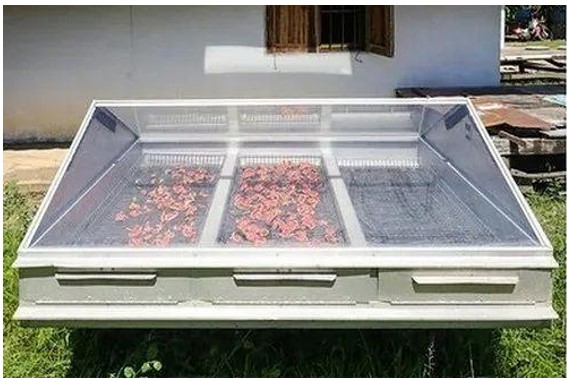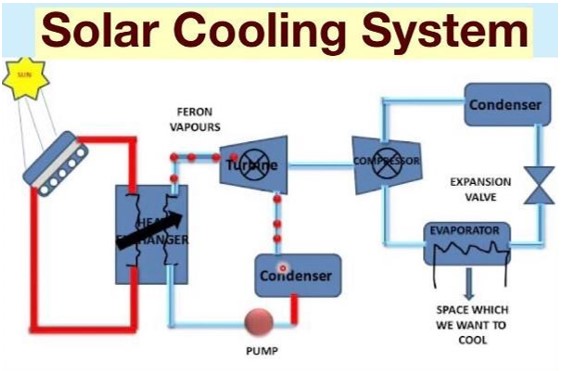- Definition and Types of Energy
- Myths And Misconceptions About Energy
- The Relationship Between Energy and Environment
- Climate Change and Carbon Footprint
- Greenhouse Gas Effect
- The Role of Human-Induced Greenhouse Gases and Energy Consumption
- Energy Efficiency and Sustainability
- Renewable Energy Sources and Future Perspectives
- Play and Learn
- Solar Energy Conversions
- Solar Energy Worldwide
- Solar Energy in Partner Countries
- Positive and Negative Impacts
- Technologies for Harnessing Solar Energy
- Solar thermal energy technologies and applications
- Electricity Generation Methods
- Passive Heating and Cooling of Residences with the Sun
- Concentrator solar power (CSP) systems and electricity generation
- Systems and Applications That Generate Electricity directly from solar rays
- Photovoltaic Cells and Panels
- Domestic PV Systems
- Off-Grid PV Systems
- Hybrid Connected Systems
- Materials Used in PV Cells
- Play and Learn
Passive Heating and Cooling of Residences with the Sun
The angular change of sun rays throughout the year is an important factor in building designs. Since sun rays are more vertical in the summer and more horizontal in the winter, architectural solutions have been developed to suit this situation. Structures that prevent sun rays from entering the interior in the summer and allow them to enter the interior at the maximum level in the winter increase energy efficiency.
If you are located in the northern hemisphere, the southern facades of buildings benefit more from sunlight during the winter months. Therefore, the positioning of windows and the design of shading systems are of great importance. In addition, the insulation method called "insulation" keeps homes warm by reducing heat loss in the winter and keeps them cool in the summer, reducing the need for cooling. Such passive design methods contribute to both the environment and the budget by reducing energy consumption.

Solar Greenhouse Heating
Temperature control in greenhouse farming is of great importance for healthy plant growth and high yields. The high cost of heating with fossil fuels has increased the tendency towards alternative energy sources. In recent years, the use of solar energy in greenhouse heating has become widespread. The plastic or glass coverings of greenhouses are designed to take in the maximum amount of sunlight. The incoming sunlight is absorbed by the soil, converted into heat and kept inside. In this way, the temperature in the greenhouse is maintained and a suitable environment is provided for the development of plants. Greenhouses heated with solar energy offer a low-cost and environmentally friendly solution.
Sun Drying

Solar energy is used as a natural and economical method for drying various materials. The drying process is carried out by keeping it under direct sunlight (open air drying) or by passing air heated by the sun over the product. Systems in which the drying process is carried out by moving the air heated by solar energy are called solar dryers. These systems can be used in many different areas from food products to agricultural materials. Solar drying methods are preferred because they are low cost and provide drying while preserving product quality.
Solar Cooling
Solar energy cooling systems are used in areas such as food preservation, ice production, cooling of buildings and indoor air conditioning. Cold storages, tourist facilities and summer houses are among the common areas of use of these systems. Solar energy cooling can be carried out with different methods. Among these methods, the absorption cooling system is the most widely used. It is preferred due to its high efficiency and simplicity of working principle. In this system, the solution heated by solar energy is vaporized through certain stages and condensed again to provide cooling. These systems operating with solar energy offer an environmentally friendly alternative by reducing dependence on fossil fuels.
